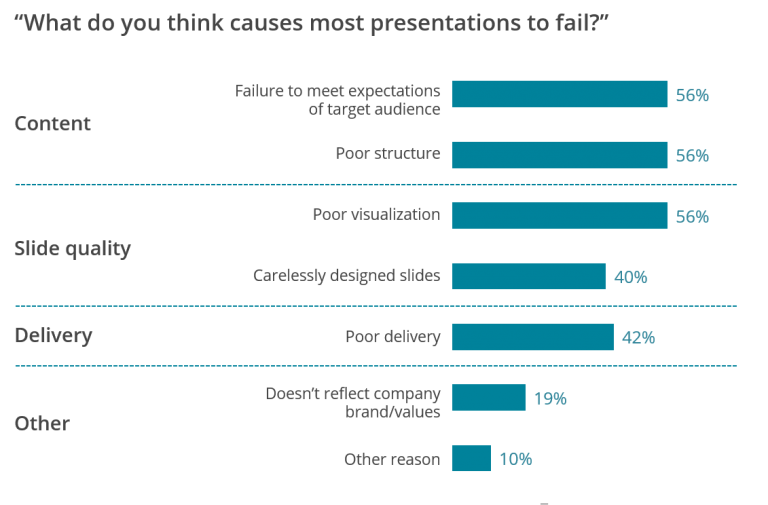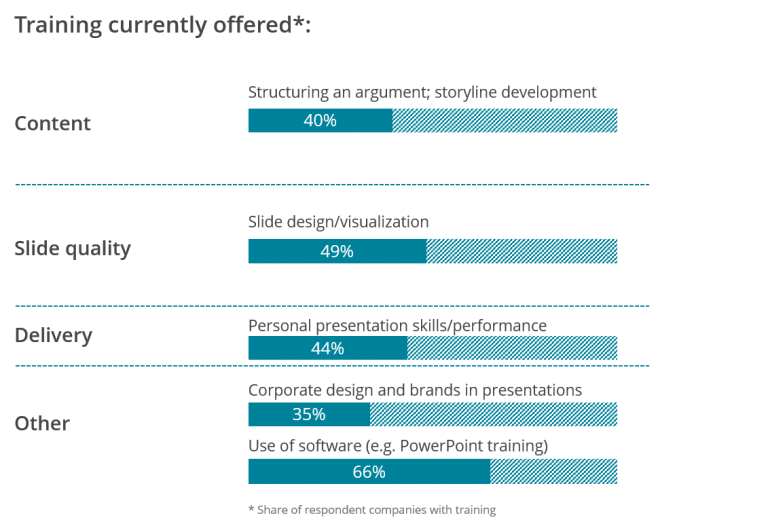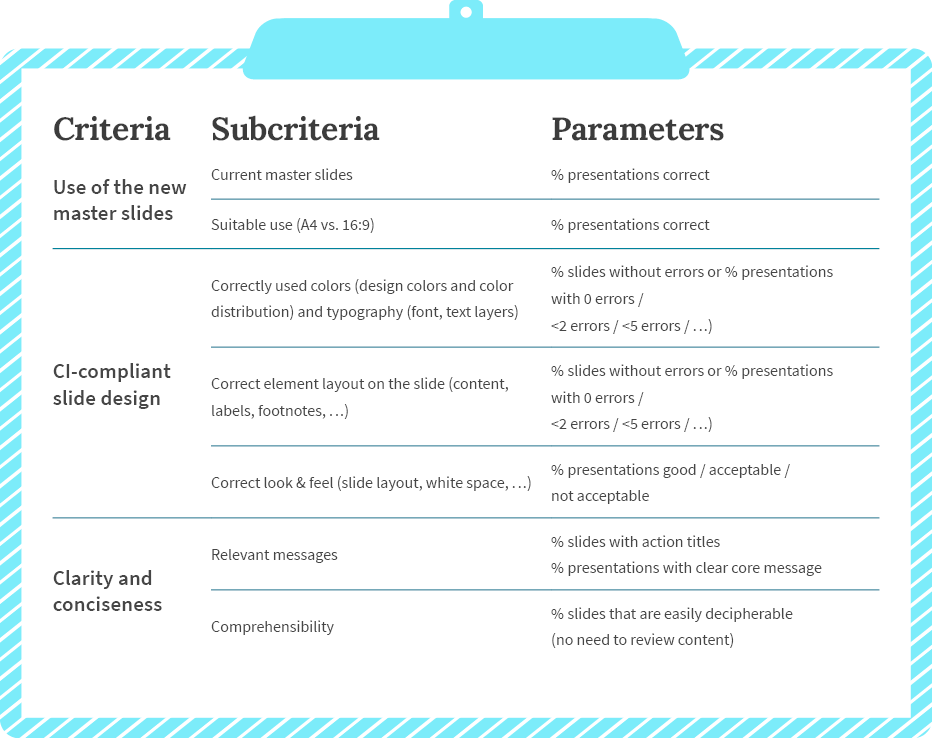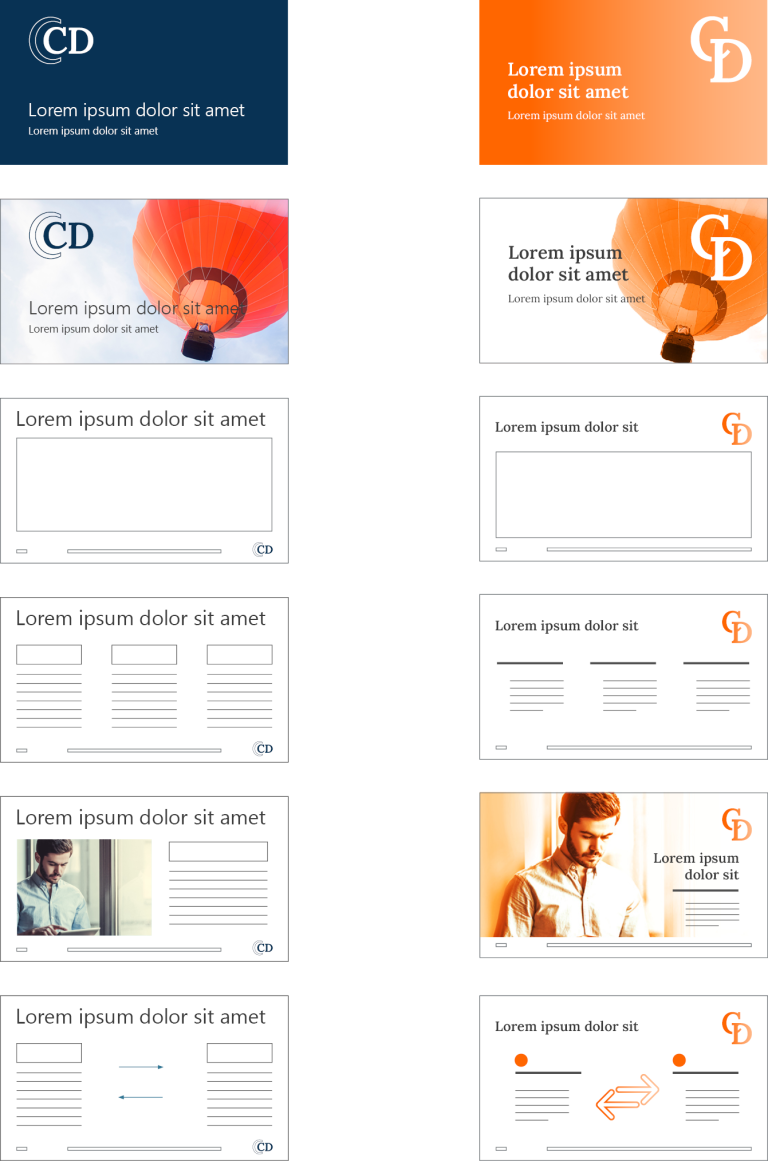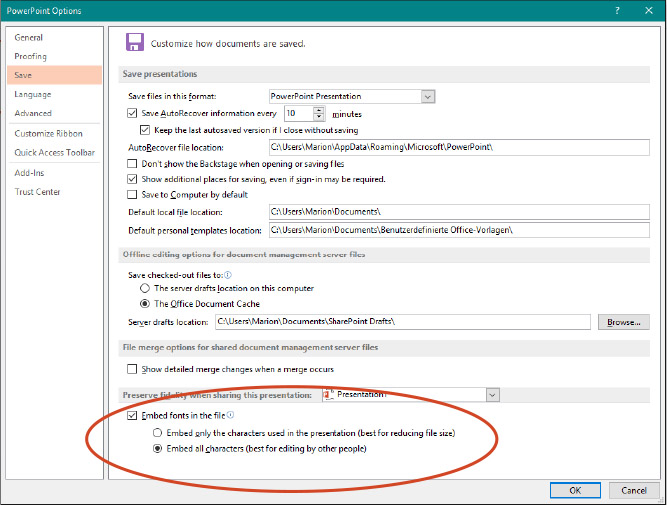Finding royalty-free images for business presentations
Designing a promotional brochure, programming a website, and creating a business presentation are all very different tasks that frequently revolve around the same question. How can we find good, informative images? As cost effectively as possible? Our list of free and paid image databases will show you where to find the best images for your project.

An initial look through a company’s in-house Digital Asset Management (DAM) is often sobering, as you realize there are no suitable images available for your specific project. But nor do you usually want to pay for expensive image licenses – especially not for a normal presentation. So you go looking for royalty-free images. But where can you find them? Most people head to Google Images for some initial inspiration, except that the images there are generally copyrighted, and therefore not royalty-free.
Our article “Image license rights – What to look out for” provides an overview of the aspects you need to bear in mind when it comes to licenses and costs for online images.
Utilizing online image databases for image searches
Online image databases offer a wide range of images, licenses and formats. For example, there are image databases that are totally free, royalty-free (i.e. purchasable with a one-off payment), or licensed (i.e. involving usage-based licensing fees) images, both for standard photos and higher quality images.
As practical as this sounds, finding the right image database is often an arduous process, as a simple Google search yields a plethora of results that have little to do with professional image databases. So, we’ve put together a list of image databases we consider as suitable, without rating them. Each database has its own features and benefits, and may be helpful to some people, while not suiting others.
Why not bookmark this page, to ensure you always have quick, direct access to the list of professional image databases without having to start a new search?
Predominantly free image databases
Flaticon https://www.flaticon.com/ (predominantly free – voluntary paid section)
flickr Creative Commons https://www.flickr.com/creativecommons
FreeImages https://www.freeimages.com/
Freerange https://freerangestock.com/
Kaboom Pics https://kaboompics.com/“One Woman Show” freely sharable CC0 photos
Image Base http://imagebase.net/
Open Photo https://openphoto.net/
Pixabay https://pixabay.com/
Pexels https://www.pexels.com/
Stock Snap https://stocksnap.io/
Stockvault http://www.stockvault.net/
Burst: https://burst.shopify.com/
Findicons: https://findicons.com/
Unsplash: https://unsplash.com/
Wikimedia Commons: https://commons.wikimedia.org/wiki/Main_Page
Predominantly paid databases
Adobe Stock https://stock.adobe.com/
BigstockPhoto https://www.bigstockphoto.com/
Dreamstime https://de.dreamstime.com/
Getty Images https://www.gettyimages.com
iStockPhoto https://www.istockphoto.com/ (partly free)
Photocase https://www.photocase.com/
Shutterstock https://www.shutterstock.com/ (partly free)
Stocksy https://www.stocksy.com/
Plainpicture https://www.plainpicture.com
Iconshock https://www.iconshock.com/
Tip: If your company uses a DAM (Digital Asset Management) system to manage images, you could control purchases from image databases centrally, so that the photos can then be made available specifically at the company. It’s often tedious to use images from DAM systems in Office documents. It involves laboriously navigating to a website, register/log in, download the images, and then potentially insert them into your presentation. The QuickSlide for PowerPoint add-in / QuickDoc for Word add-in simplifies this process. Users can search for, and insert, the images directly in PowerPoint/Word, without any additional registration/login. Meanwhile, your DAM system takes care of the relevant management tasks in the background.
Did you have any luck with our list? Or have we left out your preferred image database? Want your image database to be included in the list? Email us at info@strategy-compass.com, and we’ll be glad to add you in.


